Meet the Unlimited Potential of Artificial Intelligence
Artificial intelligence (AI) has become a transformative force in the world of technology in recent years. Through smart algorithms and learning capabilities, AI applications have found their way into many aspects of our lives, enhancing functionality. In this article, we will delve deep into the applications of artificial intelligence in various fields such as human recognition, car recognition, text recognition, quality control, personal protective equipment (PPE) inspection, fire detection, human hand recognition, 3D depth recognition, and artificial image generation.
Human Recognition with Artificial Intelligence
AI-based human recognition systems are utilized in a wide range of areas from security and surveillance to customer service. These systems can recognize and analyze individuals in images captured by cameras. For example, at airport security checkpoints, AI-supported systems can detect suspicious behavior and alert security personnel. Similarly, retail stores can utilize this technology to analyze customer preferences and behaviors.
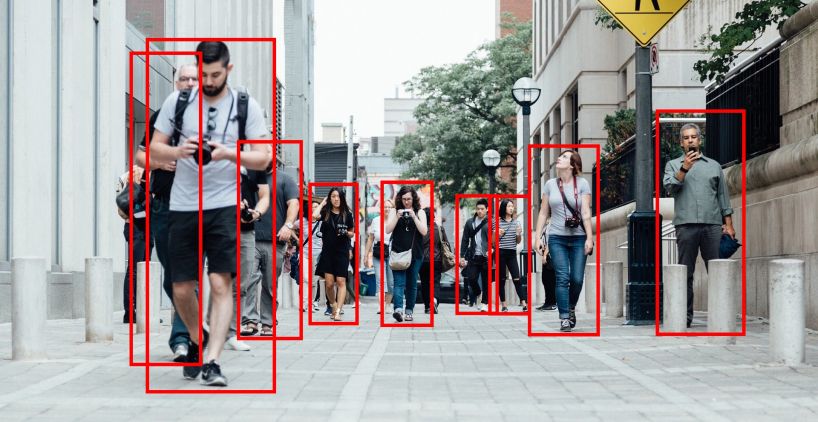
Car Recognition with Artificial Intelligence
Parking management and traffic control systems heavily rely on vehicle recognition technology. License plate recognition systems can automatically read vehicle plates, preventing unauthorized access to certain areas or detecting traffic violations. Additionally, smart city applications can use this technology to optimize traffic flow and prevent accidents.
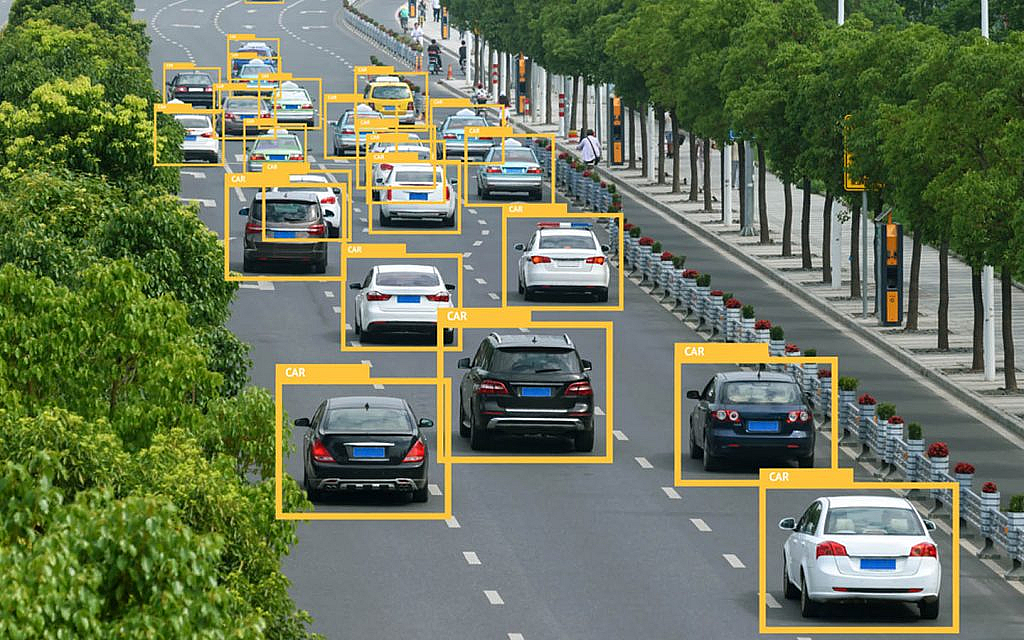
Text Recognition with Artificial Intelligence
Optical character recognition (OCR) technology uses artificial intelligence to convert printed or handwritten texts into digital data. This technology is used in various fields such as automatic processing of invoices, bank checks, and digitization of historical documents. OCR automates data entry processes, saving time and effort.
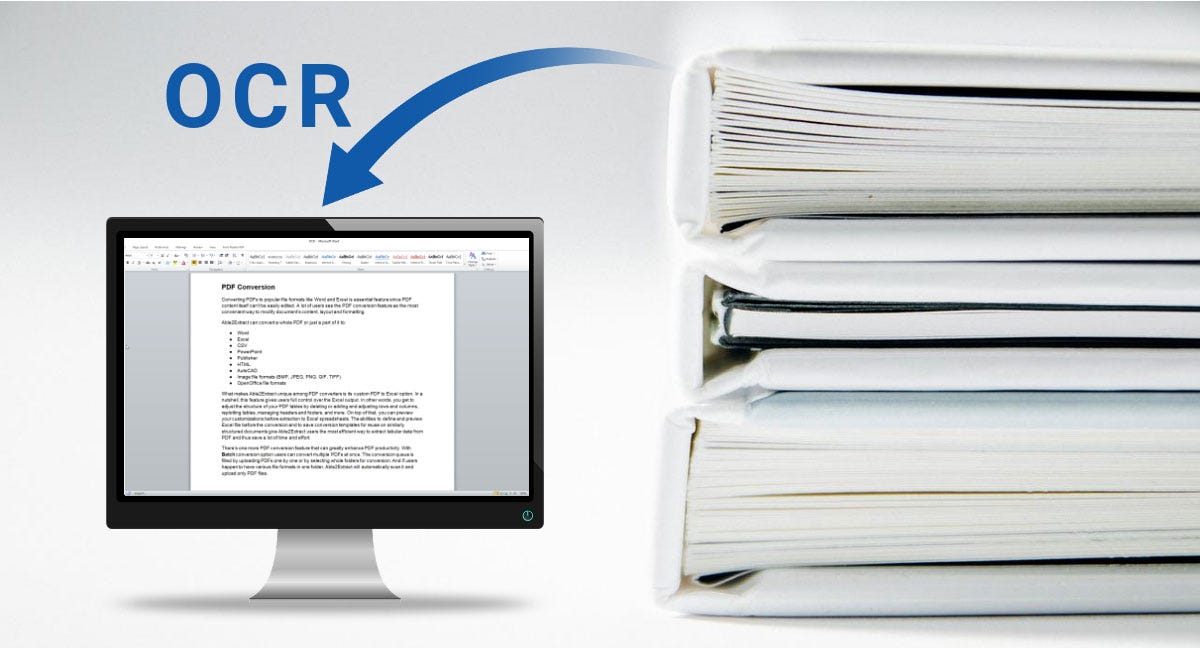
Quality Control with Artificial Intelligence
In the manufacturing sector, AI-based image processing systems can automate product quality control. These systems can analyze images of products to detect flaws such as scratches or shape deformities. This reduces problems caused by human error and increases production efficiency.
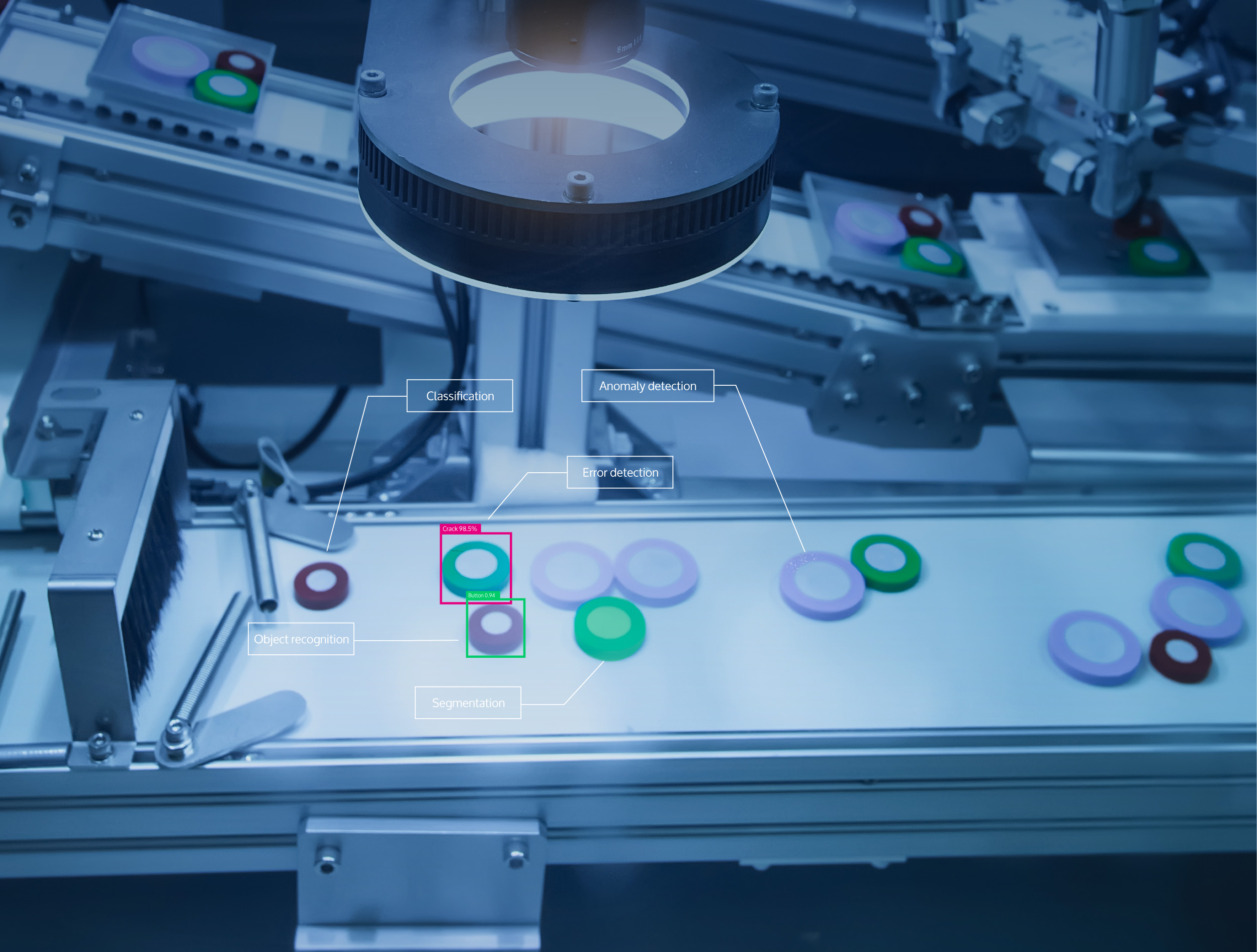
Personal Protective Equipment (PPE) Inspection with Artificial Intelligence
Work safety, especially in hazardous industrial areas, is of great importance. Artificial intelligence enables the development of systems that can check whether workers are wearing personal protective equipment (e.g., helmets, safety goggles) correctly. These systems detect safety violations, helping to prevent accidents.
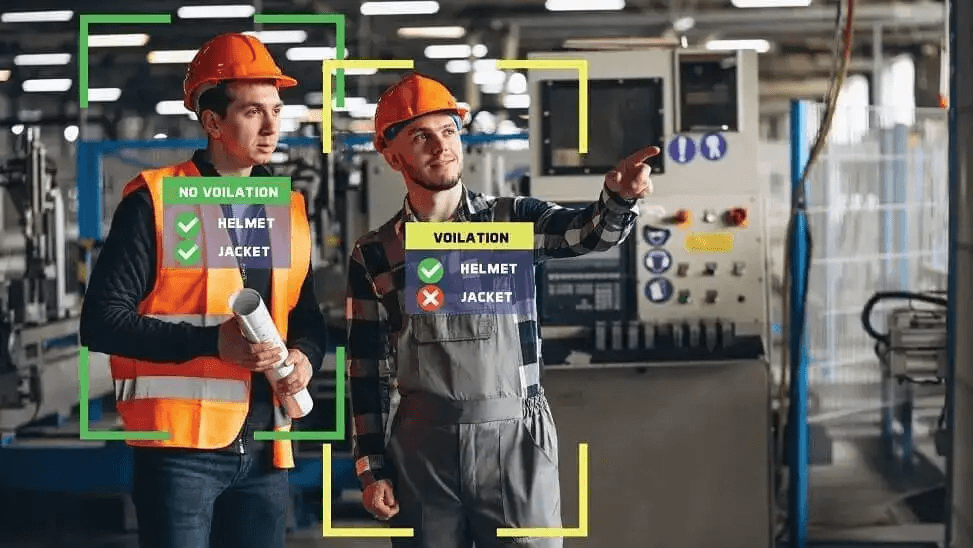
Fire Detection with Artificial Intelligence
Artificial intelligence can make fire detection systems faster and more effective. AI algorithms that analyze image processing and sensor data can detect early signs of smoke or flames. This allows for quick intervention in case of fire, minimizing potential damages.
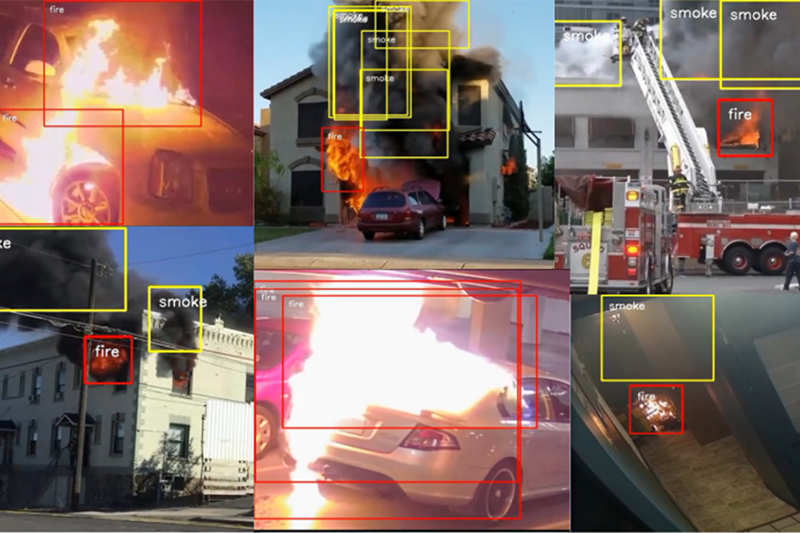
Human Hand Recognition with Artificial Intelligence
Recognition of human hands is important, especially for interactive technologies and virtual reality applications. AI can recognize hand movements and gestures, allowing users to control devices without physical contact. This technology has applications in education, gaming, and healthcare services.
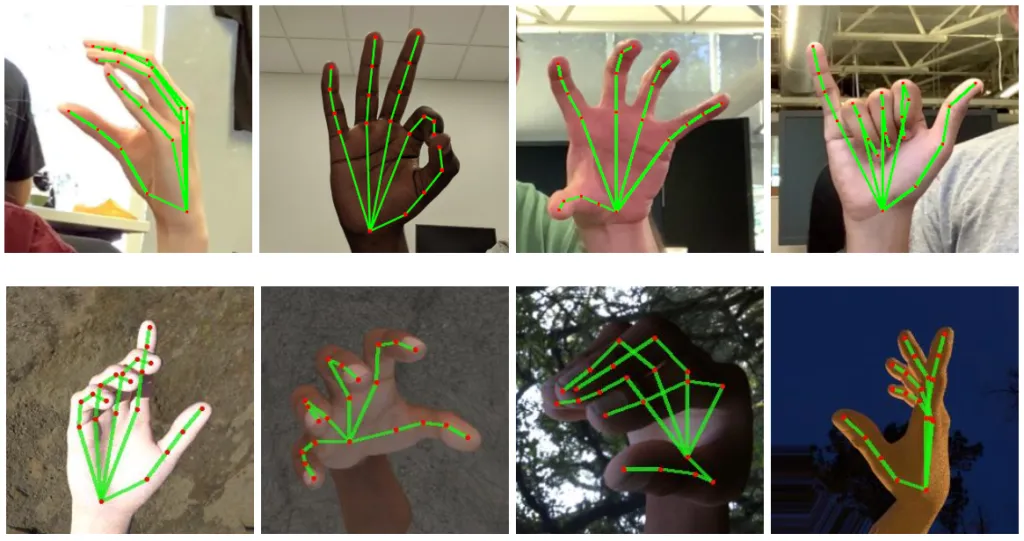
3D Depth Recognition with Artificial Intelligence
By working with 3D depth sensors, artificial intelligence can create three-dimensional maps of the environment. This technology is used in autonomous vehicles to perceive their surroundings, robot navigation, and augmented reality applications. 3D depth recognition enables machines to perform more complex tasks.
Artificial Image Generation with Artificial Intelligence
Finally, artificial intelligence can generate surreal images, artworks, and photographs. Technologies like Generative Adversarial Networks (GANs) can produce high-quality images indistinguishable from reality. This opens up new creative possibilities in advertising, the art world, and beyond.
With its unlimited potential and applications, artificial intelligence is shaping the future of technology. From human recognition to fire detection, from quality control to artificial image generation, it is revolutionizing many fields. This technological advancement has the potential to increase efficiency and safety both in the business world and in daily life. Exciting opportunities exist for how artificial intelligence will be further integrated and transform our lives in the future.
